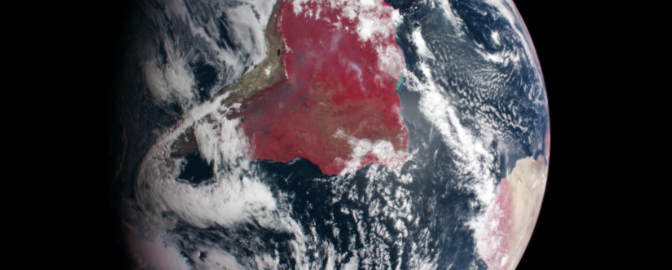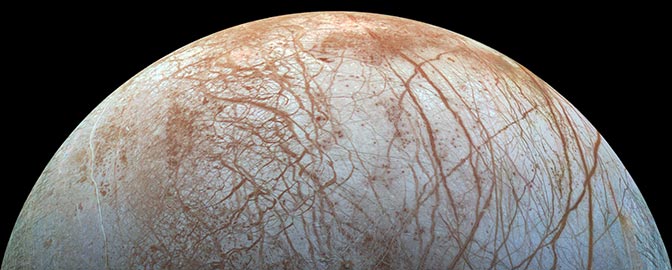The Space Advocate • Sep 17, 2025
The Space Advocate Newsletter, September 2025
This month

🎭 Who’s in charge of space policy?
💸 We see top-down, often contradictory directives.
🌌 Budget cutters adore a power vacuum.
How does space policy get made in this administration? Reagan had SIGs (Senior Interagency Groups), George W. Bush had PCCs (Policy Coordinating Committees), the George H.W. Bush and the first Trump administration had the National Space Council. But in the second Trump administration, no such organizational structure has yet emerged.
Instead of a protracted inter-agency deliberation process, where all stakeholders have a chance to provide input and guidance to policy decisions, we see the inverse: the issuance of executive orders that assert new policy and then direct agencies to coordinate and implement it as necessary. This reflects the top-down, centralized policymaking approach characteristic of this administration.
There is also the question of who is responsible for civil space policy within the White House. The second Trump administration is not unique in lacking a dedicated staff position for this topic; many Presidential administrations relegate NASA-related policy decisions to the Office of Science and Technology Policy or the National Security Council.
But we are in a particularly uncertain moment with NASA. Elon Musk’s role in the administration ended in high drama and bad blood. The administration’s nominee to lead the agency, Jared Isaacman, was pulled just days prior to his confirmation, with no new nominee yet announced. The agency has seen two acting administrators and a flood of senior-level departures, including senior political appointees. The National Space Council, announced as re-established in May, is missing in action. Vice President Vance, who nominally leads the council, has said nothing publicly about space or the space policy.
This lack of structure expresses itself in the disjointed and, at times, self-contradictory policies and budget priorities buffeting the American space agency.
Over the past eight months, we’ve seen official statements from the President praising the 35th anniversary of the Hubble Space Telescope, declaring that his administration is “committed to ensuring that America continues to lead the way in fueling the pursuit of space discovery and exploration.” Simultaneously, the administration was preparing a budget request that slashed NASA science by 47% and would cut funding for Hubble by nearly 15%. In his inaugural address, the President stated that the nation will “plant the American flag on the planet Mars and even far beyond.” But months later, during an interview, he struck a more tempered note, saying that “It would be a great thing if we could do it,” but “is it number one on my hit list? No. It’s not really.” Despite claiming a geopolitical rivalry with China in space, the administration proposes to unilaterally withdraw from large swaths of space exploration that China has identified for increased investment and abandon dozens of joint projects with America’s allies.
The U.S. national space policy set by the first Trump administration established the near-term exploration of the Moon as the exploration priority, and that has not been altered. However, the U.S. commitment to a sustained presence in and around the Moon is now uncertain, demonstrated by the proposed cancellation of nearly all post-Artemis III projects. The budget proposal represents a pronounced programmatic and rhetorical shift toward sending humans to Mars (with nearly a billion dollars requested in the 2026 budget), but little details. These are major policy changes, but there has been no effort by the administration to build support for this plan within Congress or among the public. As a consequence, the Mars initiative is almost certain to fail, and Congress is poised to reject nearly all the proposed cuts to the space agency.
It is not an accident that most of the contradictions noted above relate to funding priorities. In the absence of focused leadership on space exploration, NASA easily falls prey to “policy by budget.” And indeed, Russ Vought, the Director of the Office of Management and Budget in the White House, has pushed his own longtime plan to NASA science in through this unprecedented budget proposal.
Absent empowered NASA leadership and a more structured internal process by the executive branch, these contradictions are likely to continue, further undermining the administration’s — and the nation’s — goals in space.
Until next month,
Casey Dreier
Chief of Space Policy
The Planetary Society
Want to do something?
The Save NASA Science Day of Action is Oct. 5 and 6 in Washington, D.C. We also have options to pledge to take online action in support of NASA science that day. More than a dozen partner organizations are joining us to demonstrate broad support for space science.
Our Save NASA Science Action Hub has the latest actions, resources, and updates. We have updated our congressional actions and talking points to help us build on this momentum.
What I’m reading this month
Is creating a National Space Council the best choice? An article from 2017 that explores the various ways in which the President has organized the space policy process within the White House.
NASA found intriguing rocks on Mars, so where does that leave Mars Sample Return? It’s easy to find savings by slashing a project on paper, but the discovery of a potential biosignature should remind everyone what’s at stake here.
Senators Insist Artemis Must Get America Back to the Moon Before China. A Senate hearing expressed congressional displeasure at the shift away from lunar exploration.
Ground Truth
Data visualization and analysis

We’ve rolled out a beautiful new chart format that provides access to print-quality downloads, mobile-friendly sizes, and raw data access for each chart. See all of our NASA budget charts.


 Explore Worlds
Explore Worlds Find Life
Find Life Defend Earth
Defend Earth

